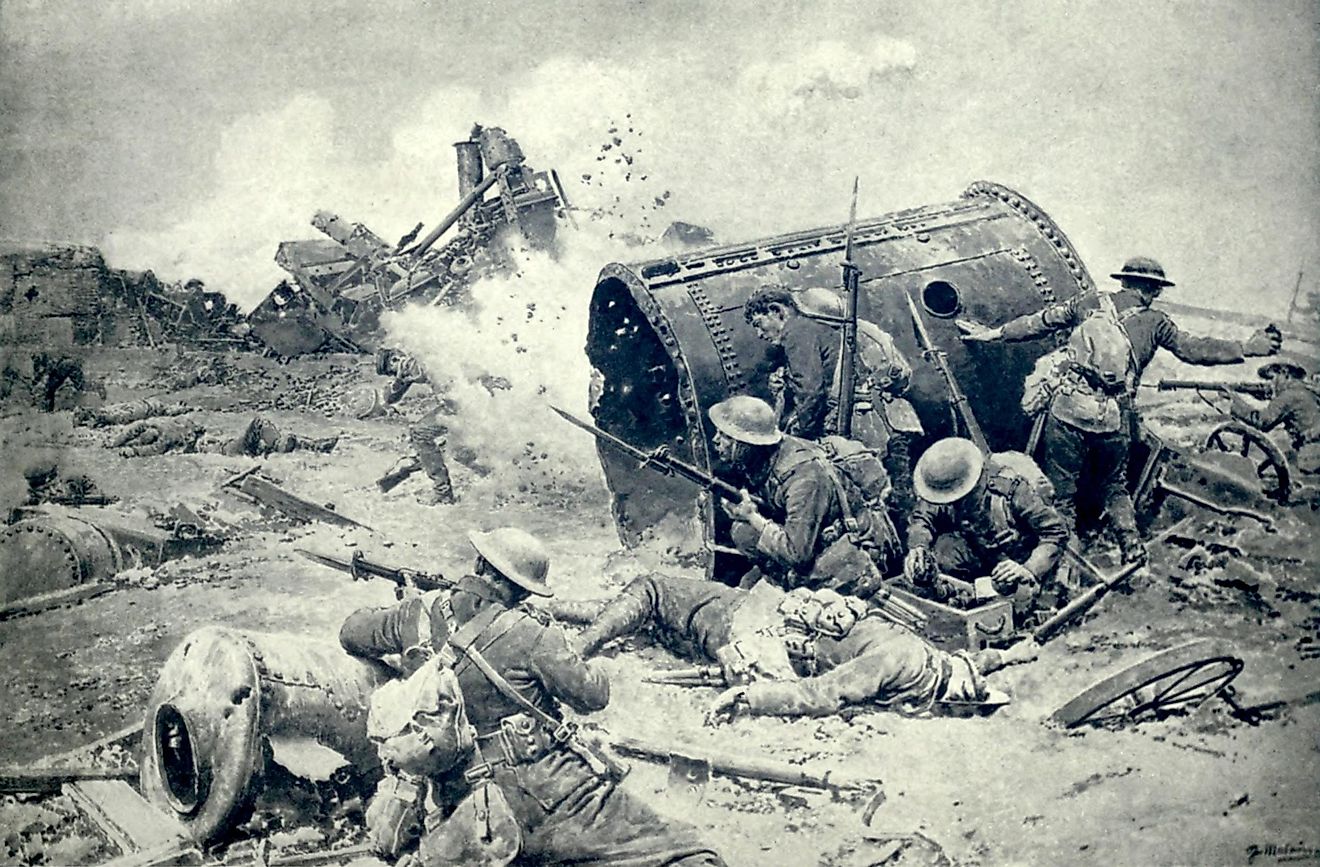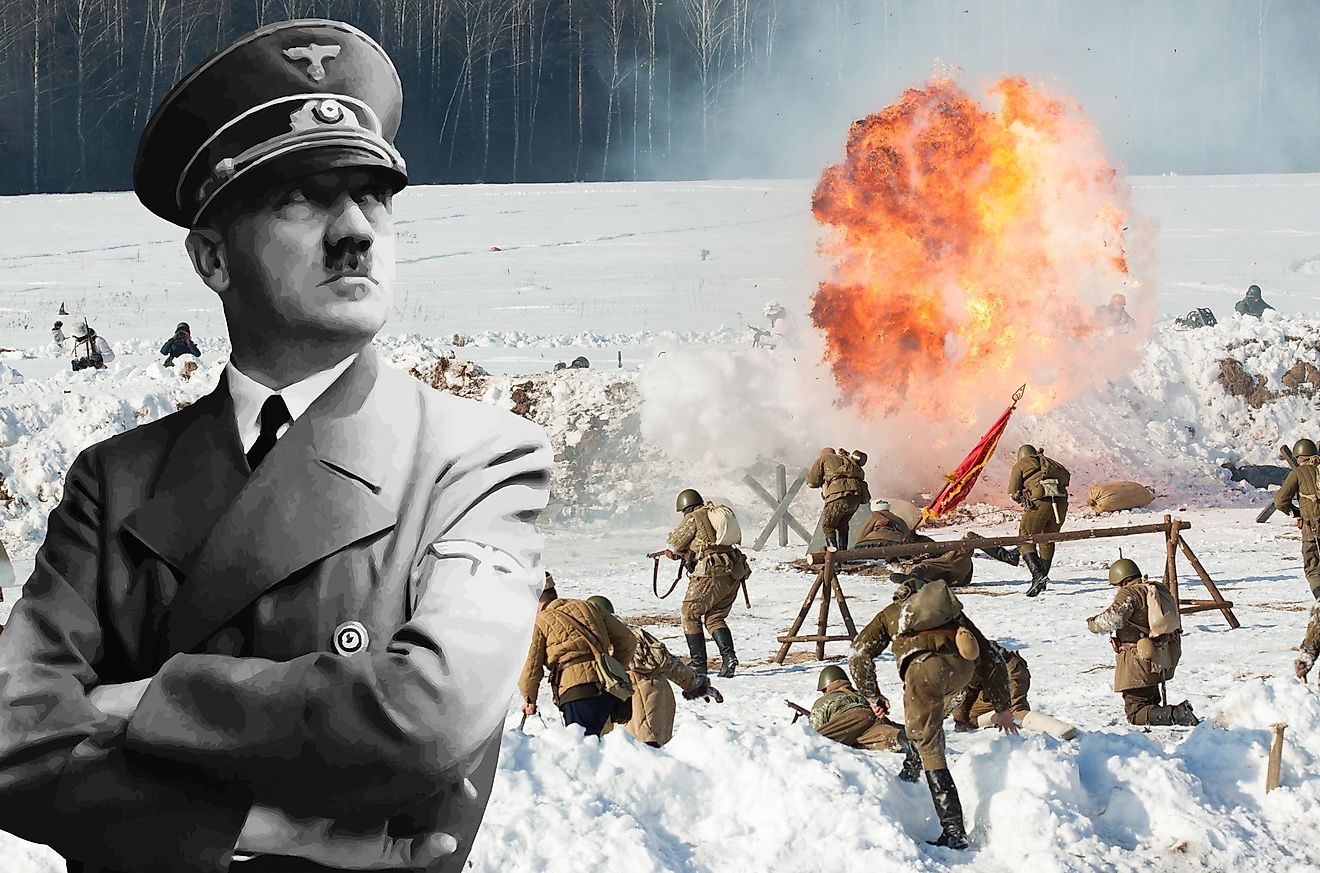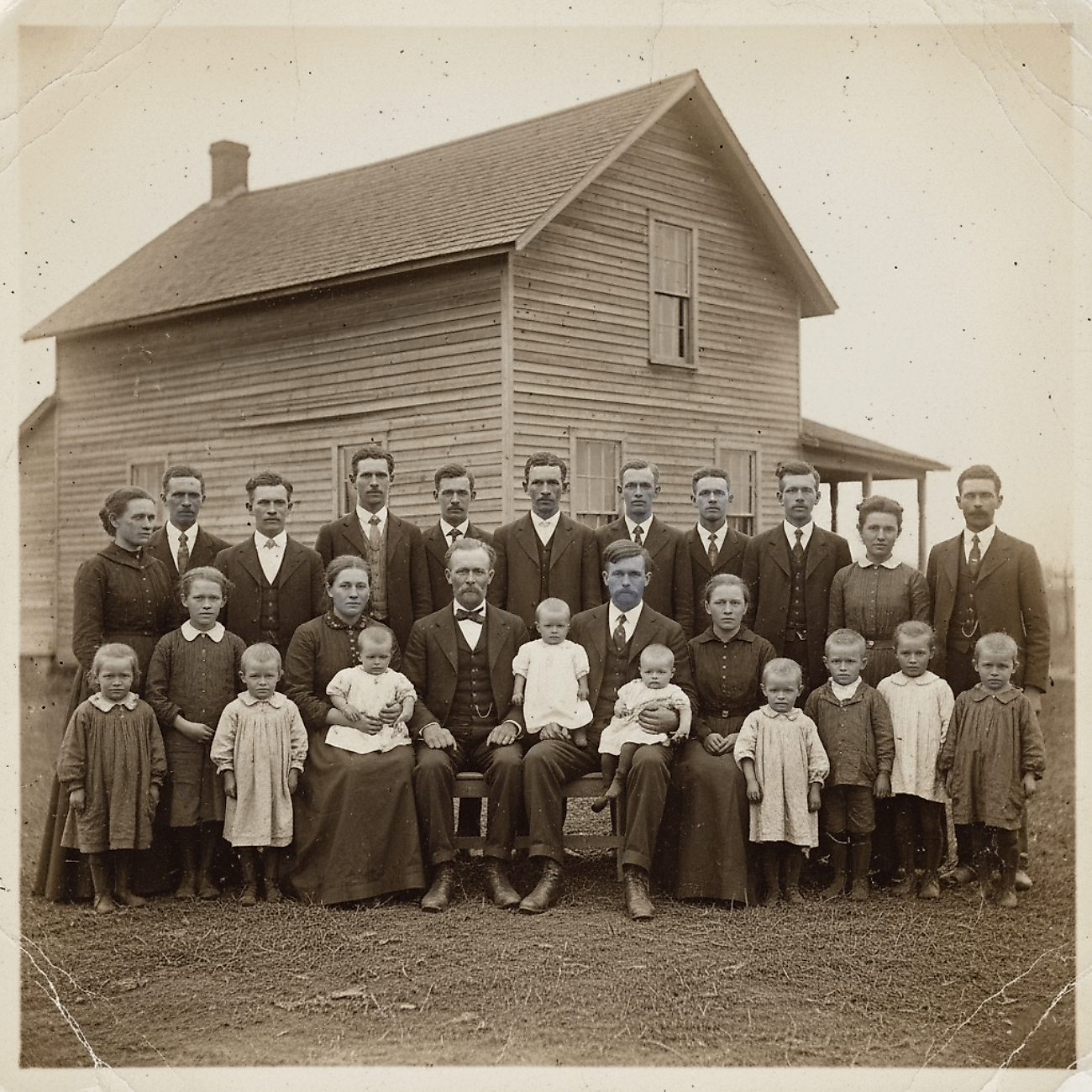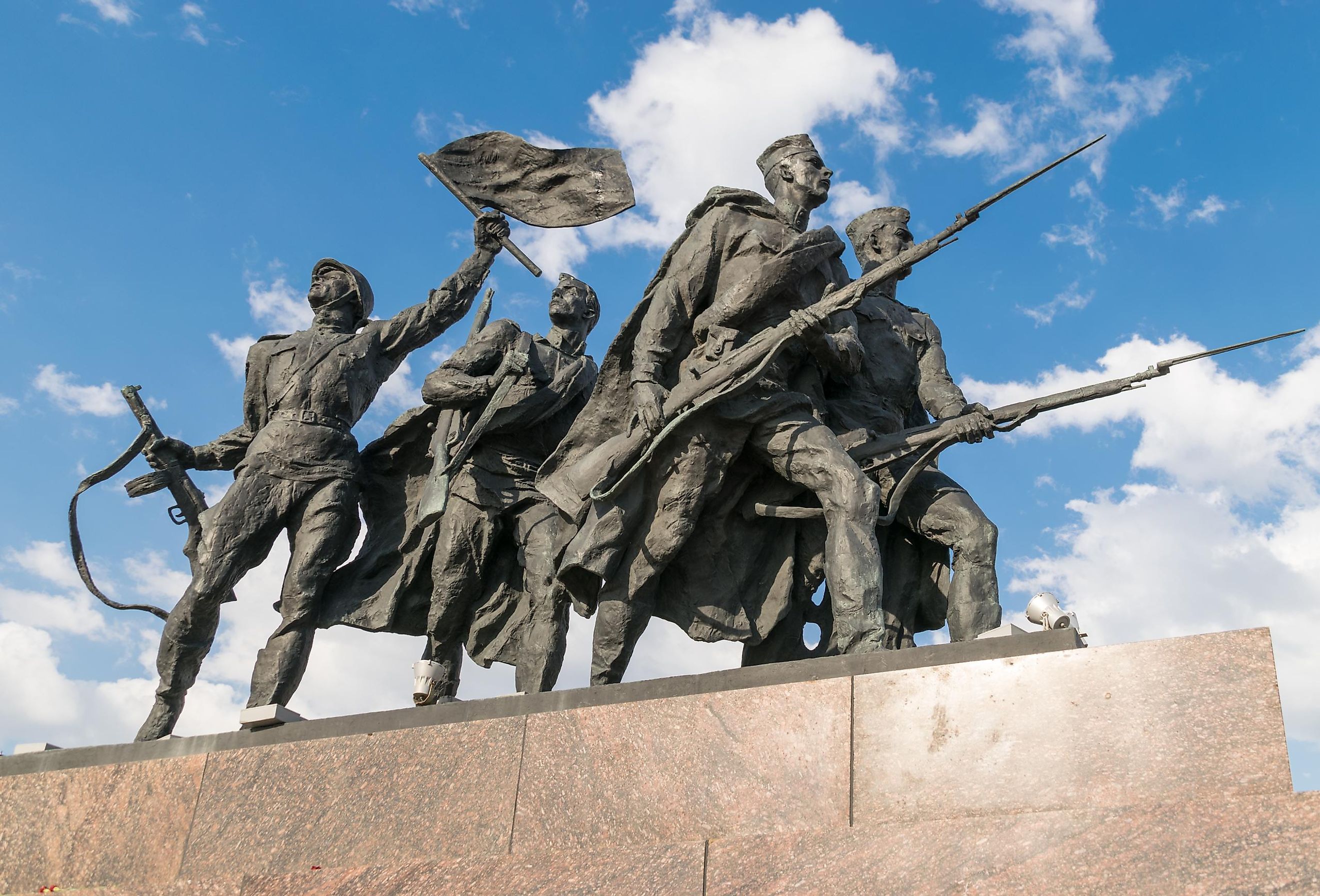
The Siege Of Leningrad
The Siege of Leningrad was a two-and-a-half-year affair in which the German Army (the Wehrmacht) relentlessly bombarded Russia's second-largest city. Amidst a war characterized by its brutality, this campaign stood out for the sheer amount of misery it imparted upon Leningraders. Furthermore, its impact on the city can still be felt today.
Background
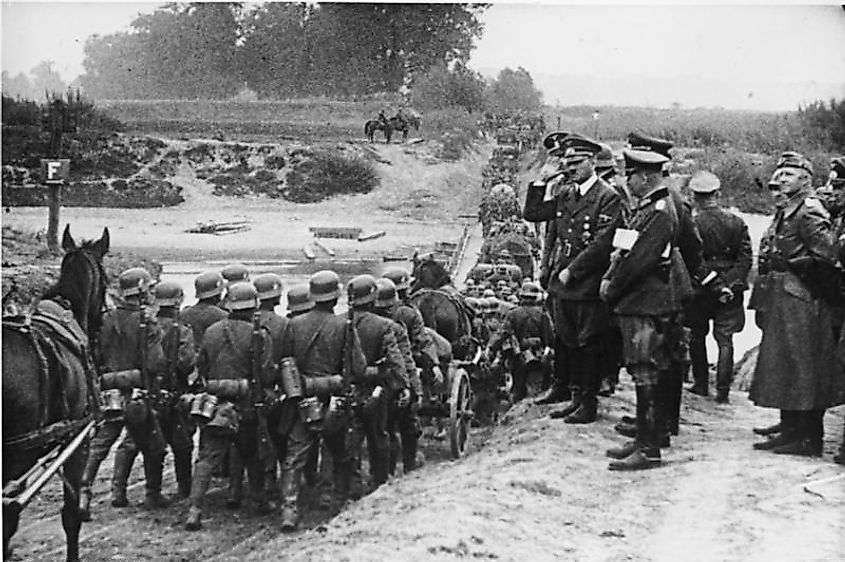
Germany invaded Poland on September 1, 1939, followed by the Soviet Union (USSR) doing the same on September 17. This occurred due to the Molotov-Ribbentrop Pact, a non-aggression agreement signed between the two countries a week earlier. But, this seeming friendship would be short-lived, with Adolf Hitler viewing it as a temporary and practical necessity to avoid a war on two fronts. Therefore, despite most fighting occurring in Western Europe throughout 1940 and the first half of 1941, Germany was preparing for war in the East. Soviet leadership was aware of this, with German troops gathering on the Soviet border and the Luftwaffe (the German Airforce) doing reconnaissance missions into Soviet territory. However, leader Joseph Stalin was in denial about the situation, desperately hoping the pact would prevent any major war between the two countries. This belief would ultimately prove unfounded, and Germany invaded the USSR on June 22, 1941.
The Beginning Of The Siege
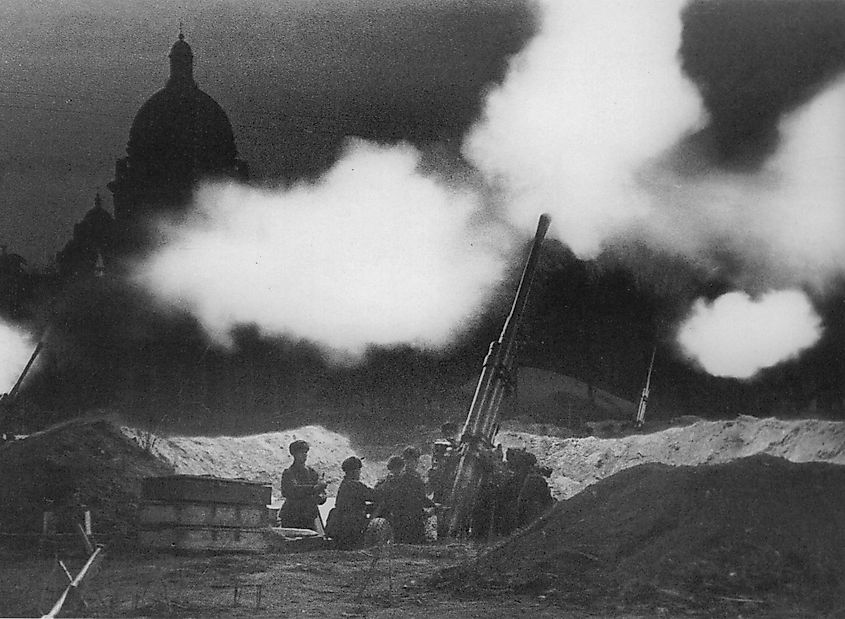
The invasion saw the German Army split into three prongs, with the northern prong heading towards Leningrad--reaching the city by late August. But, rather than simply capturing it, Hitler ordered Army Group North to annihilate Leningrad. This was due to a combination of factors. First, Leningrad was the former capital of Russia and was seen as the symbolic capital of the Russian Revolution. Second, by completely destroying the city, it greatly weakened a key Soviet port to the Baltic Sea. Third, directly occupying Leningrad was deemed too costly, both in terms of resources and the number of troops that could be lost. Finally, the Nazis, and Hitler in particular, were annihilistic, with war, violence, destruction, and genocide being seen as essential and inherently "good" aspects of the "struggle" that supposedly characterized the nature of existence. All this resulted in the roads and railways in and out of the city being destroyed by September 8, 1941. With that, the siege began.
The Siege
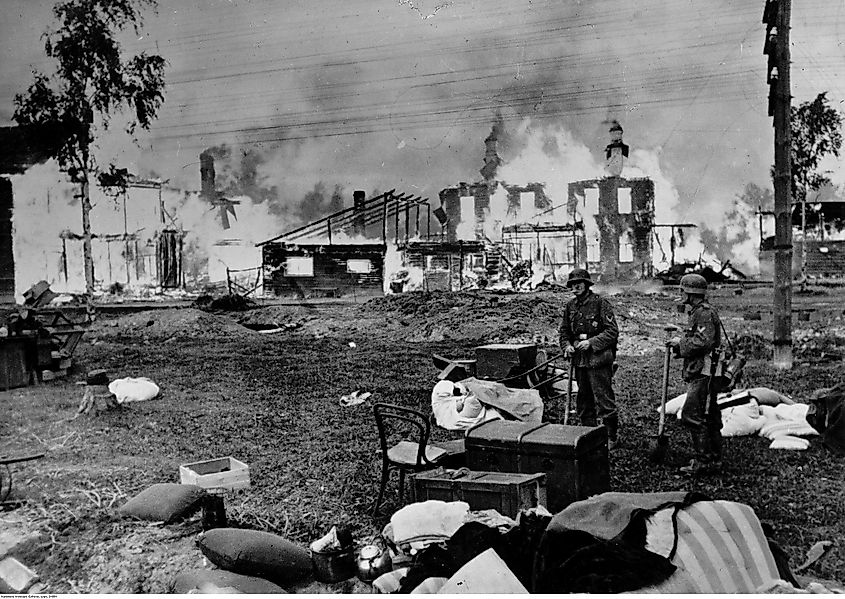
The impact of this bombardment on Leningraders was horrific, with an extreme famine occurring due to the city's isolation and the many factories and hospitals destroyed by German aerial raids. Thus, by the winter of 1941, most Leningraders were surviving on less than 0.3 pounds a day of bread, most of which was made of sawdust. When combined with temperatures reaching as low as −22 °F, January and February 1942 saw over 100,000 people die each month. As desperation grew, reports of cannibalism increased, with recurring accounts of mothers smothering babies to feed the rest of their children. By the end of 1942, Soviet officials had arrested over 2,000 cannibals.
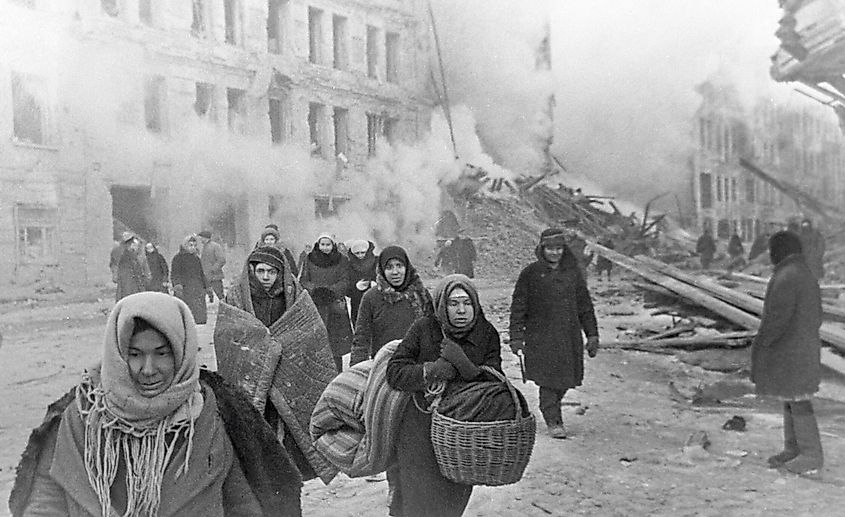
Nonetheless, the siege was also characterized by remarkable resilience. Indeed, despite the extreme cold overall being a major negative, it also caused the nearby Lake Ladoga to freeze, allowing for food and medicine to reach the city and for almost 1.5 million Leningraders to evacuate. However, despite this resilience, the death toll was still enormous, with estimates putting it between 600,000 and 1,500,000 by the time the Red Army pushed back the Germans in early 1944. This siege marked the largest loss of life ever in a modern city.
In conclusion, the Siege of Leningrad was one of the most horrific events of the Second World War. Furthermore, this event still looms large in the collective memory of the city, with annual commemorations and cemeteries that contain nothing but the graves of those who died during the siege. More generally, this atrocity serves as a reminder of the sheer brutality of Hitler's war in the East.





